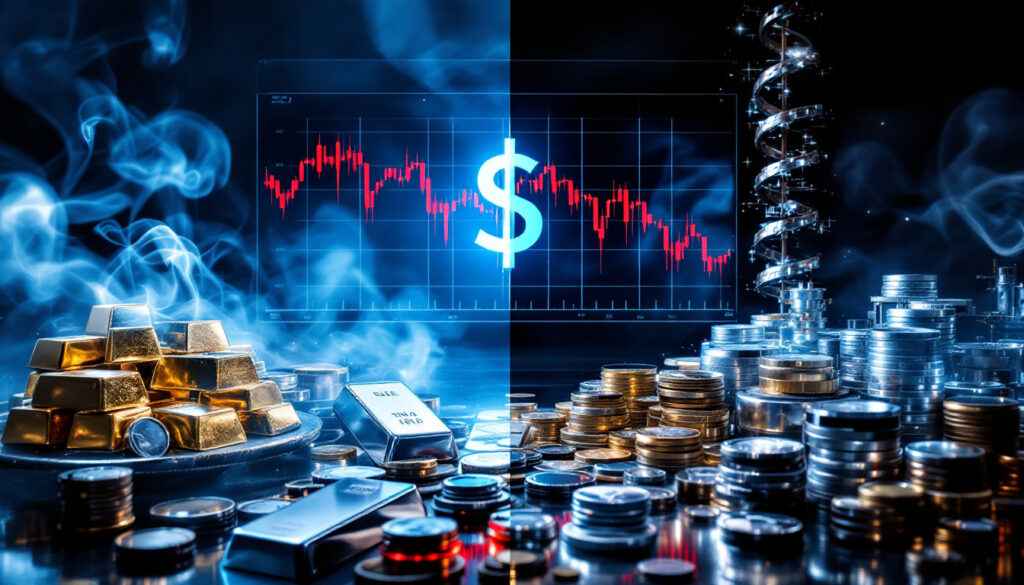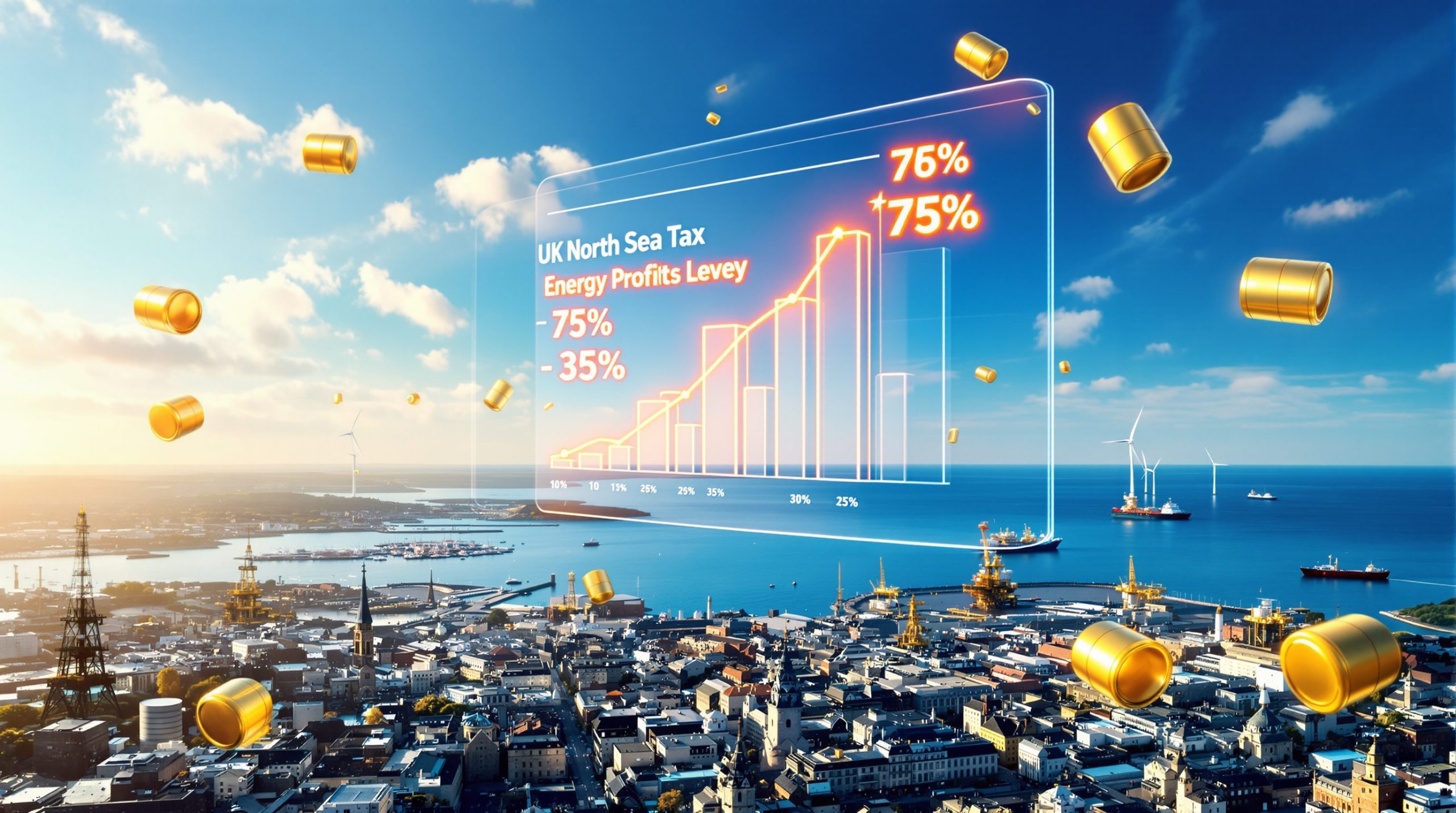What Caused the Recent Silver Price Drop?
Silver prices experienced a significant decline of over 6% (reaching nearly 7% intraday) following the announcement that bullion would be exempt from new trade tariffs. This dramatic drop saw silver fall from $34 to as low as $31.64 before settling at $31.87 per ounce. The exemption specifically used the term "bullion" in its language, effectively treating silver as a precious metal rather than an industrial metal, despite the fact that over 50% of silver's use is industrial in nature.
Gold declined much less dramatically during the same period, dropping only 0.81% ($25.40) to $3,119.80 per ounce. This disparity highlights silver's greater price volatility compared to gold, especially in response to trade-related news.
Other precious metals also suffered in the wake of the announcement. Platinum fell $25 to $955 per ounce, palladium dropped 5% ($48), and rhodium experienced a 5.5% decline ($300) to $5,800 per ounce.
Interestingly, the US dollar plunged more than 2% against other leading currencies during this period, with the dollar index hitting a six-month low. This created an unusual market situation, as precious metals typically have an inverse relationship with the dollar. The fact that both the dollar and silver fell simultaneously underscores the significant psychological impact of the Trump's trade policies impacting global commodity markets on market sentiment.
How Does Silver Compare to Other Precious Metals?
Silver's unique dual nature as both a precious metal and an industrial commodity makes it particularly susceptible to price volatility. This was evident in the recent market movements, where silver experienced the most significant price drop among precious metals (6-7% compared to gold's 0.81%). With over 10,000 industrial applications, representing nearly 60% of annual demand, silver's price is influenced by both investment sentiment and industrial consumption patterns.
The comparative price movements during this period tell an interesting story:
- Gold: Down 0.81% to $3,119.80
- Silver: Down over 6% to $31.87
- Platinum: Down to $955 per ounce
- Palladium: Down 5% to below platinum's price
- Rhodium: Down 5.5% to $5,800
These disparities in price movements reflect the different market dynamics affecting each metal. Gold, primarily viewed as a monetary metal and safe haven, experienced only a modest decline. Silver, with its significant industrial component, saw a much sharper drop as markets factored in potential impacts on manufacturing and industrial demand.
Market psychology played a crucial role in these price movements. Emotional reactions appeared to drive price changes more than market manipulation, with the silver price drop and trade tariffs triggering an overreaction that may have created buying opportunities for long-term investors. Many analysts have identified the Federal Reserve as the "biggest suppressive force" on precious metals prices, with monetary policy decisions having a more sustained impact than trade announcements.
What's Happening with Physical Silver Markets?
The dynamics between the New York COMEX futures market and the London bullion market have shifted dramatically in recent months. The price gap between these two major trading centers has collapsed, eliminating much of the arbitrage opportunity that previously existed. COMEX warehouses now hold approximately 2.5 times the quantity of silver they held before Trump's second election victory, representing a staggering 80% increase since November.
Current COMEX silver holdings represent about four years of US industrial silver demand, reflecting a significant build-up of inventory in American warehouses. This accumulation has fundamentally altered the global supply distribution of physical silver.
The arbitrage opportunity that previously encouraged physical silver shipments has diminished substantially. COMEX silver for May settlement fell to just 20 cents per ounce above the London market, compared to a previous differential of around $1 per ounce. This reduced price gap has largely eliminated the incentive for shipping physical silver across the Atlantic to US markets.
The consequence of this inventory build-up is that US markets appear "saturated at the expense of tighter markets in UK and Europe." Before the tariff announcement, there were already signs of tight silver availability in London markets. This global imbalance may eventually lead to physical silver flowing back to London from New York warehouses as market forces work to redistribute the metal to areas of higher demand and tighter supply.
What's the Outlook for Silver Prices?
In the short term, silver prices may enter a "stagnant period" in the lower $30 range, with the possibility of temporary dips below $30 per ounce. The current price drop likely represents an overreaction to the tariff exemption news, and many analysts expect a recovery as the market digests this information more thoroughly.
Long-term projections for silver remain relatively optimistic despite the current setback. Many industry experts still project silver reaching approximately $36 per ounce by year-end, suggesting the recent silver price drop and trade tariffs may represent a buying opportunity rather than a fundamental shift in silver's value proposition. Even with recent volatility, silver is expected to remain above the mid-$20s range, which was common in previous years.
For investors considering their approach to silver in the current market environment, many advisors recommend a dollar cost averaging strategy during price dips. This approach allows investors to build positions at favorable average prices without attempting to perfectly time market bottoms.
The investment case for silver continues to focus on its role as a store of value outside the traditional financial system. Proponents view it as a hedge against inflation, stagflation, deflation, and broader economic instability. While short-term price movements may be unsettling, long-term investors are encouraged to focus on wealth preservation rather than price speculation. A comprehensive analysis of gold price trends can provide additional context for those interested in precious metals investing.
How Are Trade Policies Affecting Precious Metals?
The specific exemption of bullion from new tariffs has had a significant immediate impact on precious metals markets, particularly silver. The language used in the exemption, explicitly mentioning "bullion," created some market confusion regarding silver's classification as either a precious or industrial metal. Additionally, existing exemptions for Mexico and Canada under the USMCA (United States-Mexico-Canada Agreement) remain in place, maintaining established trade relationships for metals from these neighboring countries.
The announcement of tariff policies has spiked trade policy uncertainty to peak levels, contributing to market volatility across various asset classes, including precious metals. This uncertainty may persist as markets continue to adjust to the evolving trade landscape.
Silver's substantial industrial applications, comprising nearly 60% of total demand, make it particularly vulnerable to trade disruptions. While bullion itself is exempt from tariffs, the manufactured goods that use silver as a component may still face increased costs. These tariffs on finished goods could indirectly impact silver demand in manufacturing sectors, creating a secondary effect on silver prices even with the bullion exemption in place.
Global markets are likely to undergo a period of rebalancing as they adapt to these new trade policies. There's potential for physical silver to flow back to tighter European markets from well-supplied US warehouses as arbitrage opportunities shift. Market normalization is expected after the initial shock reaction, though the long-term implications for global commodities market insights amid evolving trade policies remain uncertain as manufacturers adjust their sourcing and production strategies.
FAQs About Silver Price Movements
Why did silver fall more than gold after the tariff announcement?
Silver's dual nature as both precious metal and industrial commodity makes it more susceptible to trade policy changes. With nearly 60% of silver demand coming from industrial applications, market concerns about global manufacturing impacts led to steeper declines compared to gold. Gold, being primarily a monetary metal and store of value, is less exposed to industrial demand fluctuations and therefore experienced a more modest price adjustment. For a better understanding of metals market dynamics, exploring the dual role of metals in the clean energy transition offers valuable insights.
Is the current silver price dip a buying opportunity?
Many analysts view significant price drops (6-7% in a single day) as potential buying opportunities for long-term investors practicing dollar cost averaging. The recent decline appears driven more by psychological factors than fundamental changes in silver's supply-demand dynamics. However, investors should be prepared for potential further volatility and focus on long-term wealth preservation rather than short-term price movements. As reports from Kitco News suggest, while tariffs may hurt silver in the short term, the long-term outlook remains positive with projections of $36 silver by year-end suggesting potential upside from current levels for patient investors.
What role does market psychology play in silver price volatility?
Emotional reactions and market psychology are currently driving price movements more than manipulation, with overreactions creating both upside and downside volatility. The tariff exemption announcement triggered a disproportionate selling response, highlighting how sentiment can temporarily override fundamental factors. While the Federal Reserve's monetary policy remains the most significant institutional influence on precious metals prices over the long term, short-term price swings often reflect market participants' emotional responses to news events. FX Street analysis points to the rapidly changing sentiment in silver markets from bullish to bearish within just days.
How might physical silver supplies shift between markets?
With reduced arbitrage opportunities between COMEX and London markets (from $1 to just 20 cents per ounce), the economic incentive for one-way flows has diminished. Physical silver may begin to flow back to tighter European markets from saturated US warehouses as price signals redirect metal to areas of higher relative demand. COMEX warehouses currently hold approximately four years of US industrial silver demand, up 80% since November, creating an imbalance that market forces will likely work to correct over time. This potential reversal in physical flows could help stabilize prices as global inventories redistribute to match regional demand patterns. Understanding these market movements can be enhanced by reviewing key trends in the gold and silver markets.
Looking for an Edge in the Australian Resource Market?
Gain immediate insights into significant ASX mineral discoveries with Discovery Alert's proprietary Discovery IQ model, which transforms complex mining data into actionable investment opportunities. Explore why historic discoveries can generate substantial returns by visiting Discovery Alert's dedicated discoveries page and position yourself ahead of the market with a 30-day free trial.




